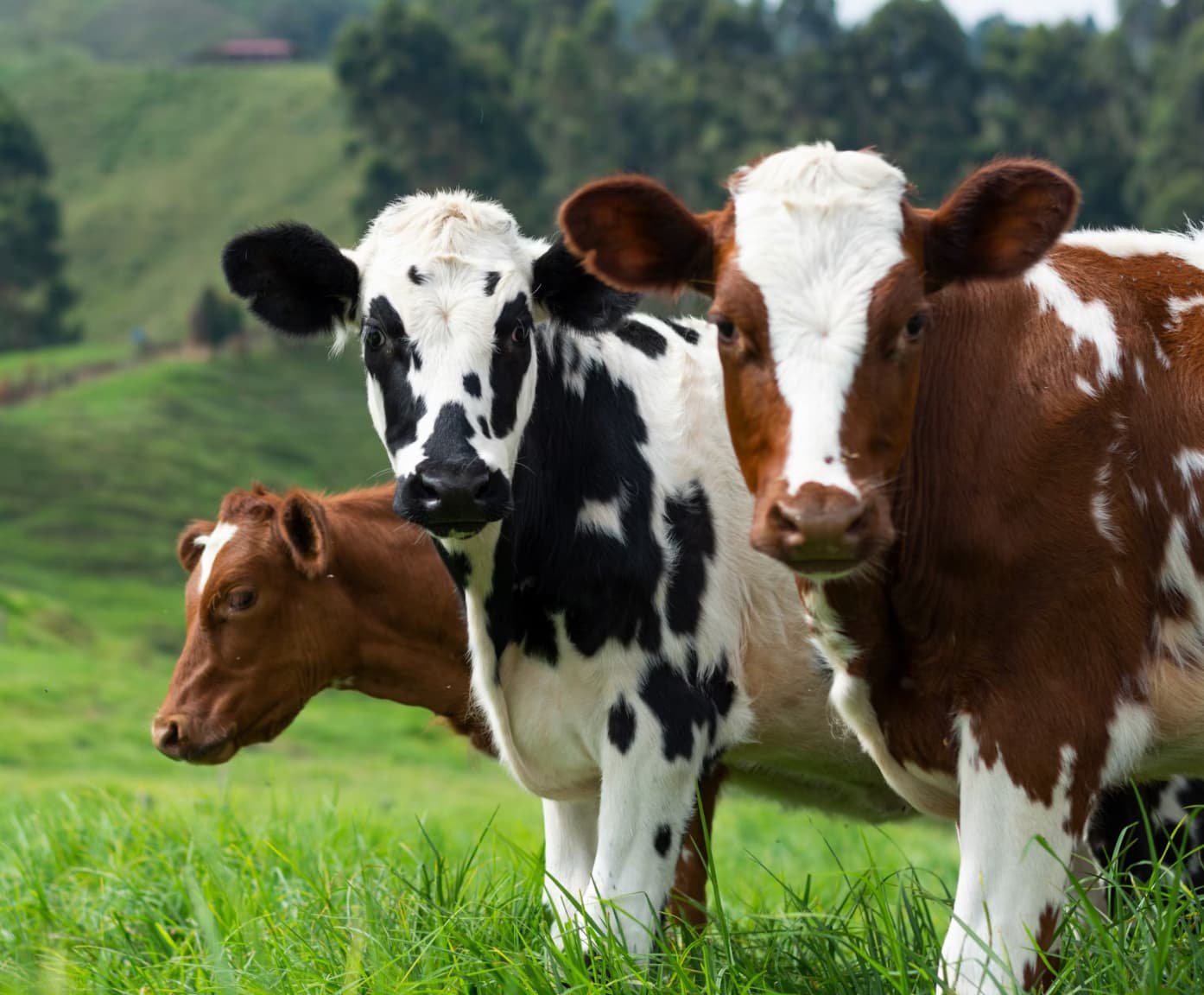TABLE OF CONTENTS
Pyometra in Cattle
Pyometra in cattle is the accumulation of pus in the uterus; (or) it is characterized by accumulation of pus in the uterus and by a retained corpus luteum with failure of estrum.

Predisposing Factors
Bovine pyometra is usually sequel or after-effect of abnormal parturition like abortion, premature birth, twin birth, dystocia, retained placenta, septic metritis or postpartum metritis. Under such conditions, the chances of invasion and multiplication of large numbers of pathogenic bacteria get increased inside the uterus.
Etiology
- Corynebacterium pyogenes or Actinomyces pyogens (G +ve)
- Fusobacterium necrophorum (G –ve anaerobes)
- Bacteroides spp
- Trichomonas foetus (protozoa)
Clinical signs
In postpartum pyometra, the cervix does not remain too tight. Hence some of the pus escapes when the cow lies down, urinates or defecates.
Pyometra affected cattle fail to show estrous signs.
On per rectal examination:
- Uterus remain enlarged on one side or both the sides.
- Uterine wall is thicker than what it is during pregnancy.
- Presence of corpus luteum.
- Uterus has more doughy feel.
- No caruncles and no fremitus.

Pathogenesis
During the puerperal period, mixed populations of bacteria remain present inside the uterus. Their numbers remain increases over several days and then decrease as uterine involution progresses. But if conditions are favourable, C. Pyogenes, Fusobacterium necrophorum and Bacteroides spp gets established.
In the intermediate period (upto first Post partum ovulation), pathogenic bacteria are reduced or eliminated from the uterus of normal cows.
Uterine infections that persist cause Endometritis or metritis and are usually a signal for pyometra. In the post ovulatory period, these bacteria act synergistically and stimulate exudation of a large number of leucocytes resulting in pus formation.
The corpus luteum of the first postpartum ovulation persists because chronic inflamed endometrium does not form PGF2α.
The corpus luteum starts to secrete progesterone which favours the growth of microorganisms and the cervix remain closed. In this way, pus gets gradually accumulated in the uterus.
Trichomonas fetus colonizes in the uterus. This particular protozoan species does not prevent fertilization but causes embryonic death at an early stage of gestation, sometimes embryonic death is followed by development of pyometra and persistence of corpus luteum.
Treatment
Hormonal Therapy
- Estradiol valerate 3-10 mg intramuscular followed by oxytocin 30-50 IU 24 h later to sensitize the myometrium and dilate the cervix.
- Within 24 to 72 h, most or all of the pus is usually expelled. If this has not occurred, second or third treatment with lower doses (2-5 mg estradiol) may be necessary at 2-3 days interval.
- Oestrogen and glucocorticoid therapy: Estradiol @ 10 mg followed by dexamethasone @ 24 mg has good result where estrogen alone has failed.
- PGF2α analogues: Natural PGF2α @ 25 mg and synthetic PGF2α @ 500 µg causes regression of corpus luteum, dilatation of cervix and expulsion of pus within 5-7 days.
- Evacuation of the uterus is indicated by the signs of estrus.
- Success of the treatment is indicated by the return of the uterus to normal condition, assessed by palpation within 7-10 days.
- Small percentage of animals that fail to completely evacuate the pus after first treatment, 2nd injection may be repeated 8-12 days after the first.
- 40-70% conception rates following prostaglandin treatment are reported.
Antimicrobial Therapy
- Parenteral antibiotics should be administered during the hormonal treatment because it prevents spread of infection to the oviducts due to contraction of uterus (preferably penicillin group).
- Penicillin @ 10 lakhs IU to be infused into the uterine lumen after evacuation of pus, Penicillin is the recommended choice because after 25-30 days postpartum only C. pyogenes and G –ve anerobes remain in the uterus of most of the cows with metritis or pyometra.
- Other antibacterials such as tetracyclines or ampicillin are also useful.
After treatment and expulsion of pus from the uterus, the cow should not be bred for 1-2 normal estrous cycles.
Prognosis
The cases that have existed only for 60-120 days recover and conceive more likely than the cases that have existed for 120 days or longer.
In long standing cases the endometrium gets destroyed, the uterine wall undergoes fibrotic changes resulting in permanent sterility.

